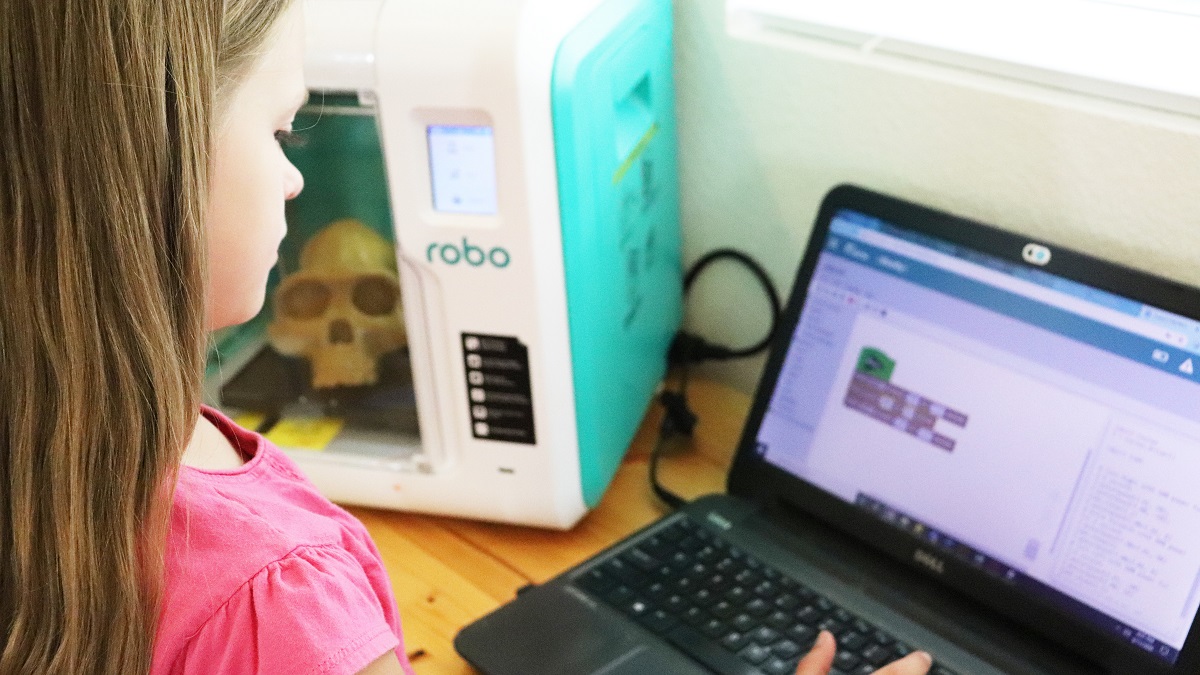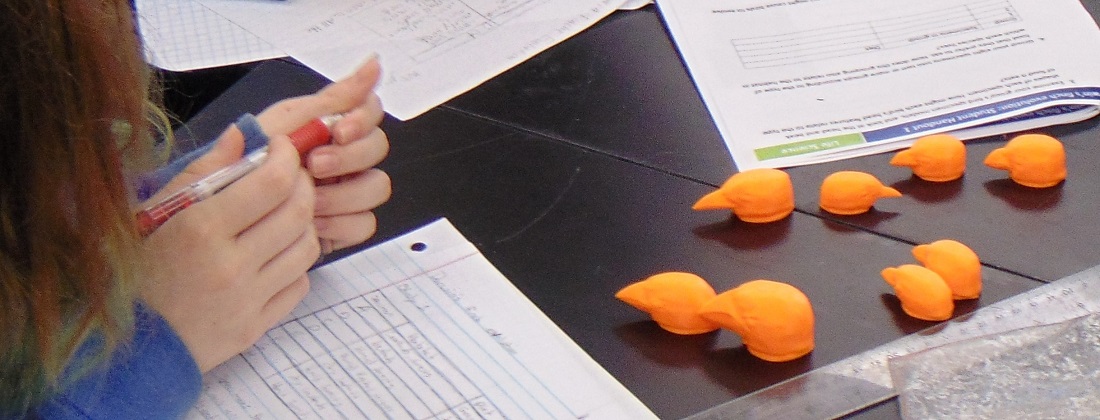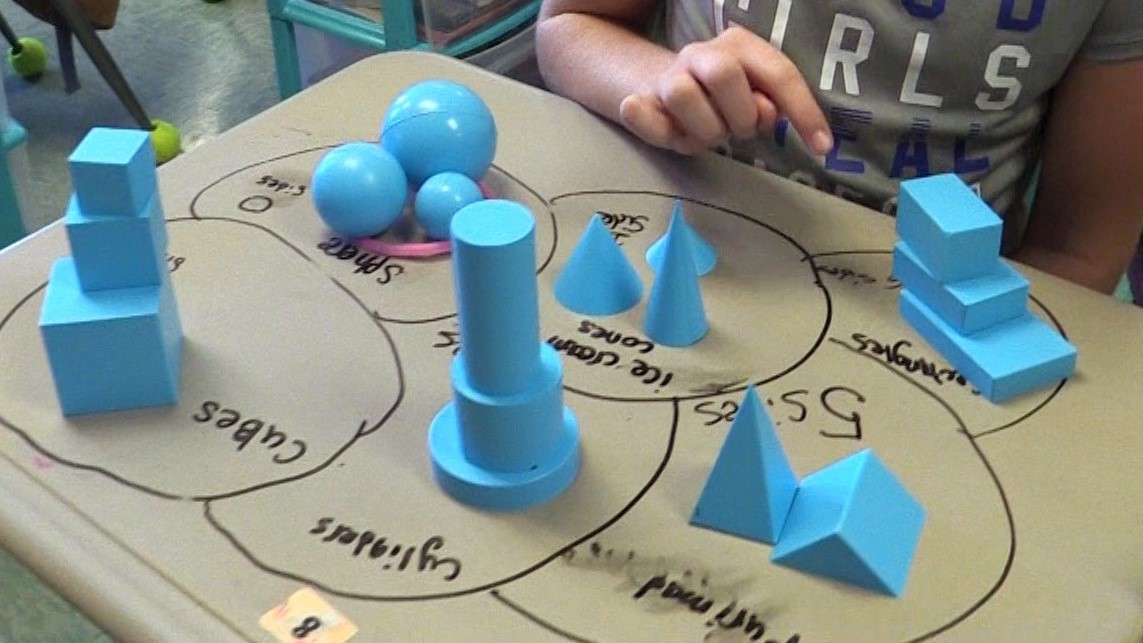The need to incorporate STEM (science, technology, engineering, and mathematics) regularly in the curriculum is essential. Why? Research has shown that the call for STEM-related jobs has grown much faster, as much as three times more, than the call for other jobs. The investment of time and resources in STEM instruction now is an investment in the STEM workforce.
Homeschooling Tips to Successfully Integrate Hands-On STEM Learning
Topics: STEM, STEM learning, MyStemKits
Bob Wallace, a now retired high school biology teacher in Crawfordville, Florida (U.S.), was resolute in his goal that his students graduate with a full range of academic skill sets and technical knowledge that would prepare them for a successful future. In his over 30 years of teaching, he found that textbooks alone could rarely explain important concepts that kept his students engaged. Because of this, he employed a variety of strategies to explain difficult science concepts to his students. He was consistently on the lookout for options that would keep his students engaged. He stated, “Over the years, I’ve used a lot of different things. I have done drawings on boards, still magnets, and I’ve used beads – the beads go bouncing all over the place and you end up losing all of them.”
Topics: STEM, MyStemKits, Case Studies
Christine Tarver, a former 5th grade teacher in Florida (U.S.), was determined that her students advance their abilities and skills using education technology. She wanted her students to experience hands-on learning combined with emerging technologies, understanding that by doing so they were more likely to develop the critical skills necessary for the 21st century.
Topics: STEM learning, MyStemKits, Case Studies





